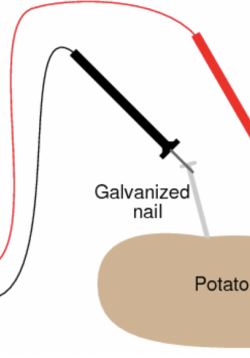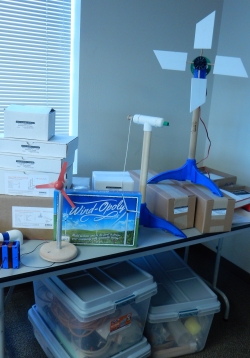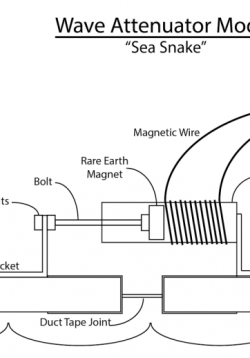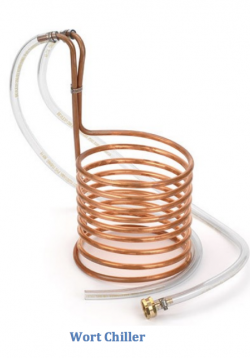Exploring Eco-Friendly Battery Design
In this lesson students will experiment with everyday household items to make batteries. Students will use lemons, potatoes, pennies, and cola to make batteries, and compare the amount of voltage produced. These lessons can be expanded to test a variety of...









